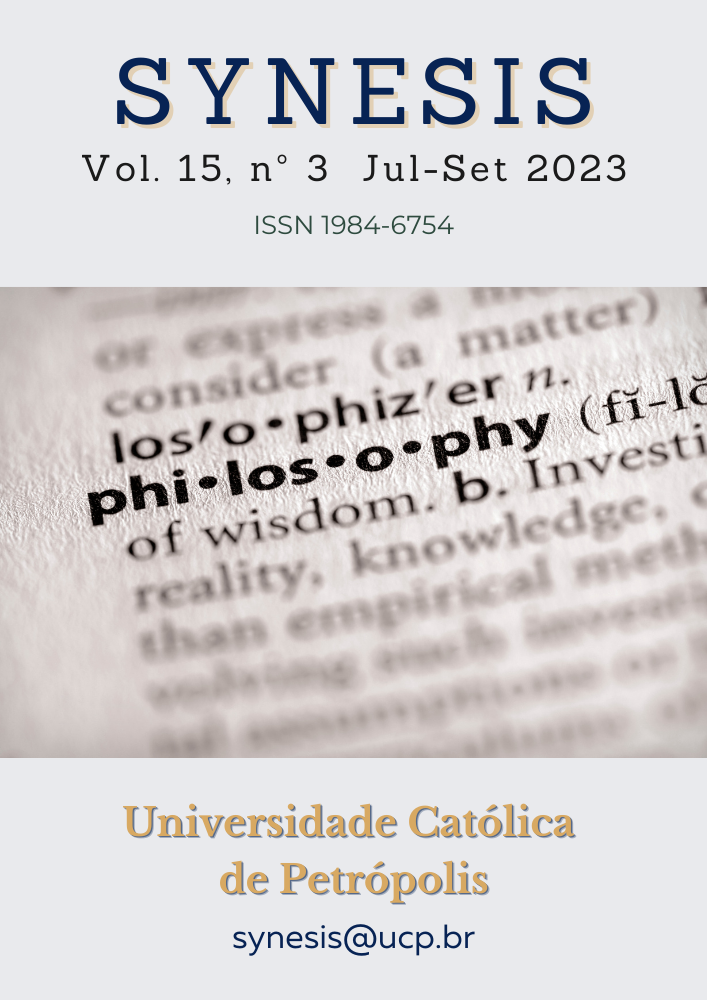Abstract
As a nation with a long history, the Hmong has crossed the Yunnan-Guizhou Plateau, moved into Southeast Asia, then moved to Europe and the United States in the historical evolution and modern changes, becoming an international nation. Although many cores cultural elements that have been passed down and continued for a long time within the Miao community play a strong cohesive force, due to the differences in the natural ecological environment, livelihood, political and cultural background of the country where they are located. There are many distinctive and diverse cultural differences within this huge group, which are constantly evolving with historical changes.
References
Chang Zhou. (1988). Lao Refugee Problem. Crossroads: Southeast Asian Studies, (01),30-33.
Hao Guoqiang. (2019). Study on Distribution Pattern and Migration Path of Lao Miao: One of The Overseas Miao Studies Series. Guangxi Ethnic, 146(02), 57-64.
Huang Xingqiu. (2006). Theory of Lao ethnic groups. Beijing: Ethnic Publishing House.
Le Saiyue. (1980). Hmong in Thailand. Journal of World Peoples Studies, (02), 62-65.
Lee, Gary Yia. (2011). Hmong Traditional Religion in Australia. Ethno-National Studies, (04), 45-54.
Li Yunbing. (2000). Study on the legacy of Hmong dialect division. Beijing: Central University of Nationality Press.
Lin Xin & Zhao Jian Guo. (1984). Migration history of Hmong and ethnic name. South and Southeast Asian Studies, (03), 45-48.
Liu Xiangyang. (2009). American Hmong Studies. Ethno-National Studies, (06),54-59.
Michaud, Jean & Ovesen, Jan. (2000). Turbulent Times and Enduring Peoples: Mountain Minorities in the South-East Asian Massif, Richmond: Curzon Press.
Naran Bilik. (2020). Revisiting the Western Notion of “Ethnicity”. Journal of Dalian Minzu University, 22(06),481-488.
Peng Xuefang. (2007). Analysis of gender relations among the Hmong people in Thailand from a sociocultural perspective. Journal of World Peoples Studies, (05), 28-37.
Peng Xuefang. (2009). Visiting Hmong in Northern Thailand. China Ethnic Groups, (03), 69-72.
Peng Xuefang. (2017). Social Adaptation and Cultural Transmission of Hmong Immigrants in the United States. Journal of World People Studies, (02),57-66.
Qin Qingzhi & Zhao Weiyang. (1990). The Peoples of the Central South Peninsula. Kunming: Yunnan People's Press.
Shi Chaojiang. (2006). The Moving History of Miao in the World. Guiyang: Guizhou People’s Press.
Shi Maoming. (2004). A Transnational Study of the Miao: National Borderlines and Ethnic Boundaries. Beijing: Ethnic Publishing House.
Shen Xu & Liu Zhi. (1988). Cross-Border Peoples in Southwest China and Southeast Asia. Kunming: Yunnan Ethnic Publishing House.
Trần Hữu Sơn. (1996). Văn Hóa Hmông. Hà Nội:Nxb Văn Hóa Dân Tộc.
United Nations Office on Drugs and Crime. (2008). Opium Poppy Cultivation in South East Asian: Lao PDR, Myanmar, Thailand.
Xiong Yuyou. (1996). Study Tour Report on Hmong People in the United States, France, and Thailand. Journal of World People Studies, (02),61-65.
Yang Sao Xiong. (2012). Hmong Americans’Educational Attainment: Recent Changes and Remaining Challenges.Hmong Studies Journal,13(02), 1-18.
Yang Yudong. (2008). Everlasting Migration of the Hmong: An Anthropological Study of the Sense of Migration in Settled Hmong. Beijing: Social Sciences Academic press.
Zhang Yongguo & Zhong Shengxiao. (1987). Hmong in Vietnam, Laos, and Thailand. Guizhou Ethnic Studies, 29(01), 118-127.

This work is licensed under a Creative Commons Attribution-NonCommercial-NoDerivatives 4.0 International License.
Copyright (c) 2023 Synesis (ISSN 1984-6754)

